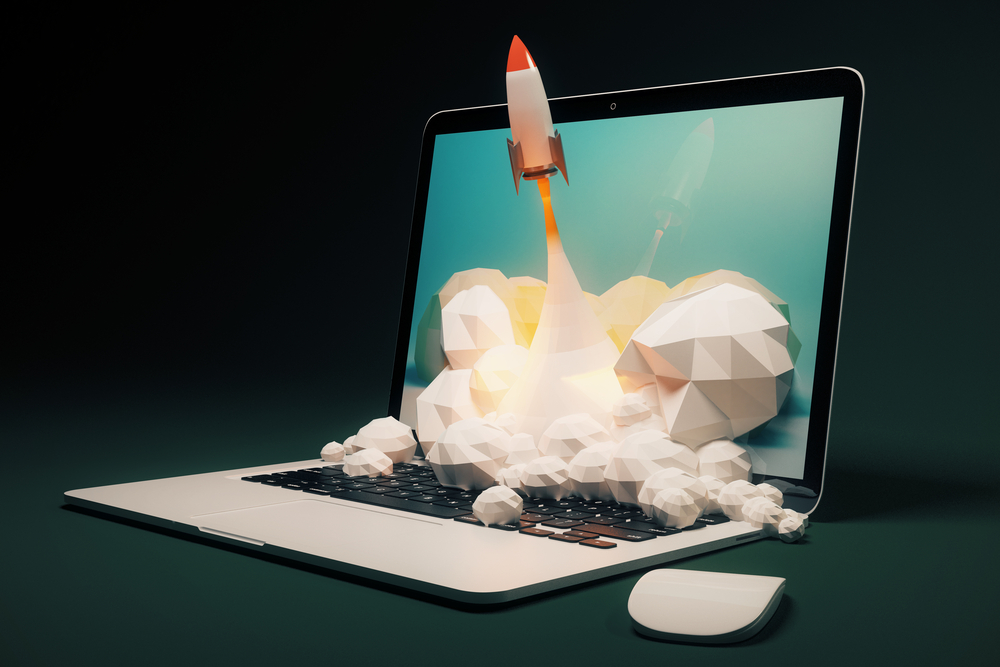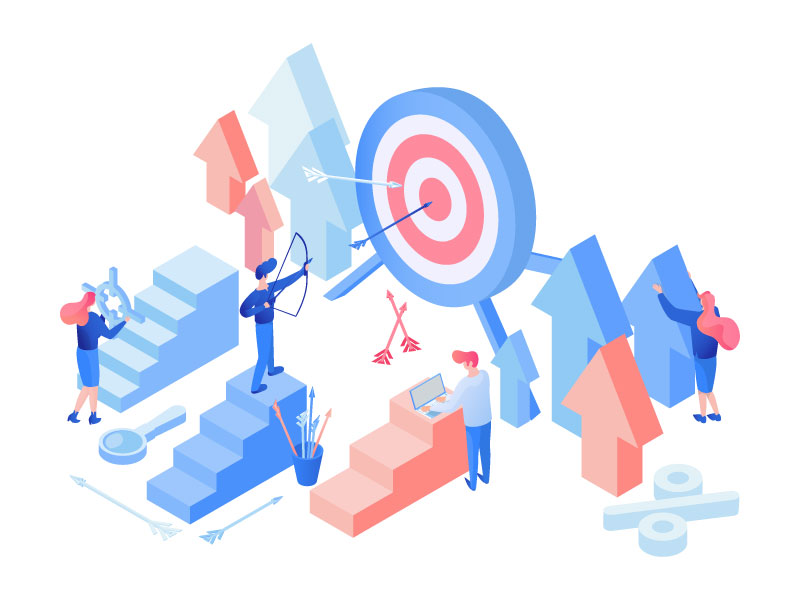The Importance of Image Quality and File Size
High-quality images add to the visual appeal and overall design of a website, elevating the user experience. But remember, purely decorative photos may not contribute much value and could even detract from the user experience. Utilizing image editing software is a key step towards achieving the desired quality before you upload images.
On the other hand, reducing image file size can significantly improve the load time of your website, ultimately enhancing its overall performance. Resizing images to fit the container on a webpage before uploading reduces their file size, ultimately leading to faster loading times. Ready to make your website lightning fast?
Choosing the Right Image Format
Each image format — JPEG images, PNG images, GIF, SVG — offers unique advantages that can significantly influence load times and visual quality based on the image’s content and purpose.
JPEG is the perfect choice for showcasing logos and simple illustrations on your website, ensuring your visuals stand out. On the other hand, PNG is a go-to format when it comes to resizing images for web use.
You can achieve fantastic results by:
- Using high-resolution source images
- Selecting the right file format
- Understanding your size and compression targets
- Picking the perfect compression/resize tool.
For those dynamic web animations and scalable, resolution-independent images, GIF and SVG formats are your best friends. It’s time to make your website design stand out, even if you use the same image in different formats.








